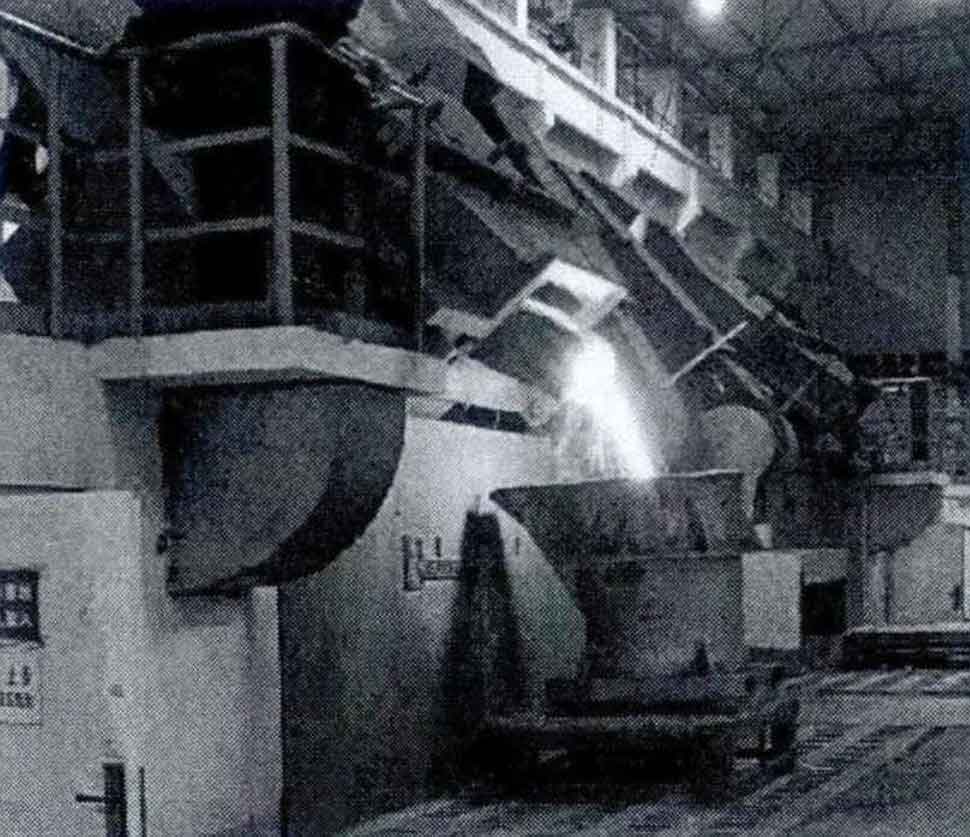Grey cast iron, a versatile and widely used material, is defined by its unique microstructure consisting of a metal matrix interspersed with graphite flakes. The formation of this graphite is largely due to the presence of carbon in the iron. Understanding the role of carbon in the formation of grey cast iron is key to understanding the material’s properties and behavior.

The Role of Carbon in Iron
Iron, in its pure form, is a relatively soft and ductile material. However, when carbon is introduced, it forms a variety of iron-carbon alloys with different properties, including various types of cast iron. The carbon content in cast iron typically ranges from 2.1% to 4%.
In the case of grey cast iron, the carbon is present primarily in the form of graphite flakes, which give the material its characteristic grey color when fractured.
Formation of Graphite Flakes
During the casting process, the molten iron alloy is allowed to cool slowly. As it cools, the carbon atoms combine to form layers, which eventually form flakes of graphite. The slow cooling process encourages the formation of these graphite flakes, as it provides the carbon atoms with sufficient time to arrange themselves into layers.
Influence on Properties of Grey Cast Iron
The graphite flakes in grey cast iron impart several critical properties to the material. These include:
- Machinability: The graphite flakes act as inclusions that interrupt the continuity of the iron matrix, creating weak points that make the material easier to machine.
- Vibration Damping: The graphite flakes help to absorb vibrational energy, making grey cast iron an excellent material for damping vibrations.
- Wear Resistance: The graphite provides some lubrication, reducing friction and improving wear resistance.
However, the presence of graphite flakes also reduces the tensile strength and ductility of grey cast iron compared to other iron-carbon alloys, like steel or ductile iron.
Control of Carbon Content
The carbon content and cooling conditions during casting can be controlled to influence the formation of graphite and, therefore, the properties of the grey cast iron. For instance, lower carbon content or faster cooling rates can reduce the amount of graphite formed, leading to a different type of cast iron known as white iron, which is harder and more brittle.
In conclusion, the carbon content in grey cast iron plays a crucial role in defining the material’s characteristics, from its machinability to its damping capacity. By controlling the carbon content and the conditions of casting, foundries can produce grey cast iron with properties suited to a variety of applications.
